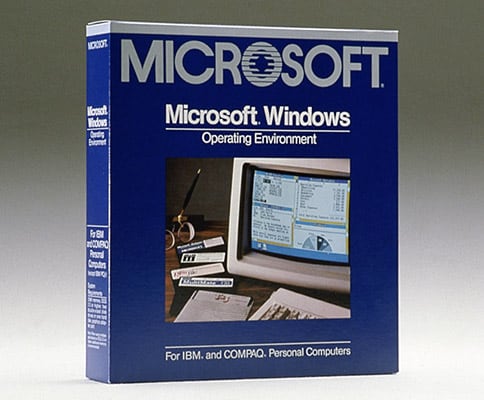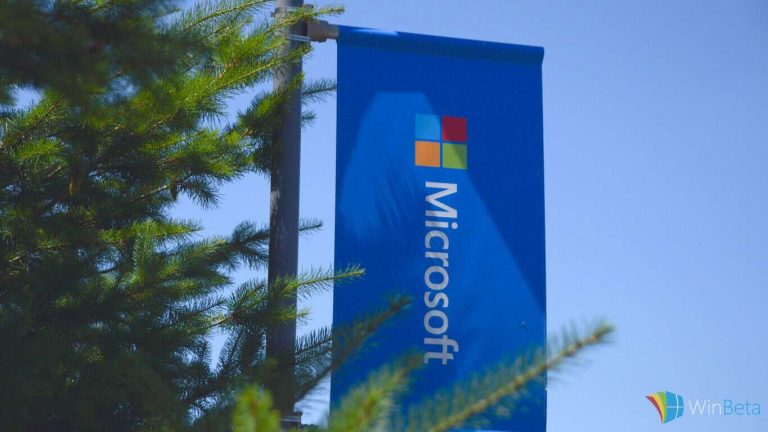November 10th, 1983, was the day that a young Bill Gates announced Windows 1.0 to the world as an operating system that would help start the PC revolution and change the way we use computers to this day. Or in his own words, “unique software designed for the serious PC user.”
Two years later, on November 20th, 1985, Microsoft shipped Windows 1.0, marking a radical change from the familiar DOS commands to simply moving a mouse to point and click through what Microsoft was calling “windows.”

It was referred to as Interface Manager, but eventually was called Windows, due to the boxes or computing “windows” that came with the operating system. The “Program Manager” shell would then evolve into “Windows Explorer” desktop shell which made its debut in Windows 95.
Unfortunately for Microsoft, a lot of haters claimed the new Windows operating system would become “vaporware” and would not be widely accepted. Thirty years later, Windows now commands over 90% of the operating system market share, surpassing competitors such as Apple and Linux.
For those who remember, Windows 1.0 only required a minimum of 256 kilobytes (KB), two double-sided floppy disk drives, and a graphics adapter card. A hard disk and 512 KB memory was recommended for running multiple programs or when using DOS 3.0 or higher.
Happy birthday Windows 1.0! You can visit Microsoft’s dedicated history page to learn more about Windows 1.0.


